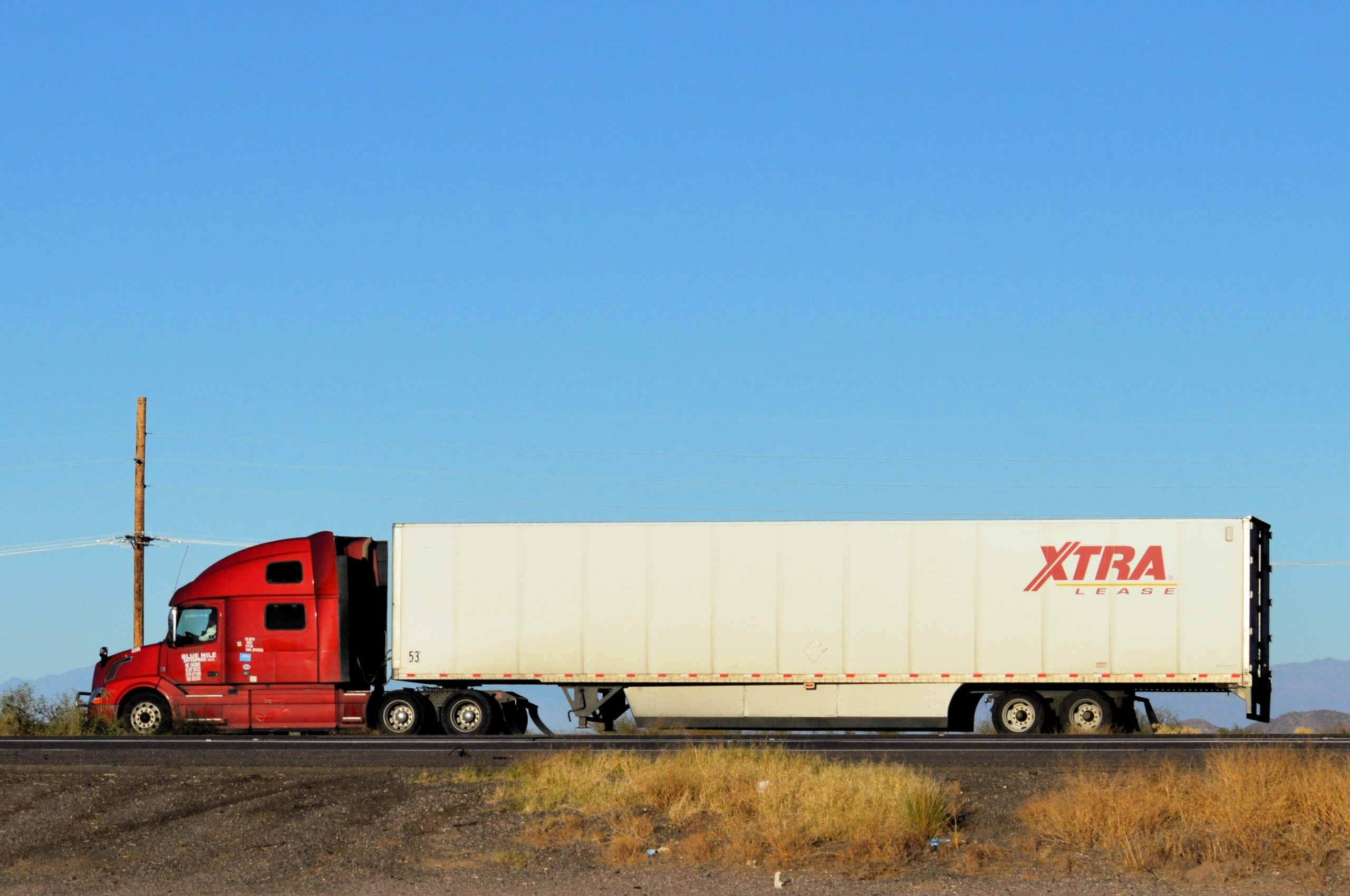Insurance premiums for commercial trucks are on the rise. How can you reduce costs without sacrificing coverage?
You could have experienced sticker shock if you renewed your vehicle insurance coverage recently. Premiums are increasing significantly due to the hardening of the insurance market in 2023.
As a market, it’s maturing…Keystone’s Director of Business Development, Aaron Black, spoke about carriers coming to them due to a 25-30 percent spike in business insurance rates generally.
In what ways does this impact transportation firms?
Not only are rates going up, but underwriters are become much pickier about the safety and compliance of carriers. In the past, underwriters were less concerned about risk, but now, according to Black, that’s changing.
Not only does the risk of individual carriers matter, but so does the industry in which they operate and the kind of vehicles they use, according to Black. “Insurance is a business. If they’ve discovered from past experiences that certain vehicle types had excessive payouts, for instance, they may opt to cease providing policies for those vehicles generally.”
Because of this, there aren’t many choices for HAZMAT or towing carriers at the moment. Insurance companies are wary of taking such a high risk.
Look at Truck Insurance Options! Securing Affordable Coverage Requires Reducing Your Company’s Risk Level.
You may not be able to influence the commercial trucking insurance market, but you can influence your risk profile, which can help you obtain coverage at the best prices.
To make sure you’re in a strong position before looking around for coverage, you should examine the following actions (at a minimum), as high-risk firms frequently pay $100-200,000 more than a policy obtained via the conventional insurance market.
1. Keep Tabs on Your CSA Grade
Insurance rates are affected by your company’s CSA score, which can have both positive and negative effects.
Maintaining traffic safety, complying with DOT standards, and preventing collisions are all factors that contribute to this score. A higher score indicates a higher risk level attributable to accidents, DOT infractions, failed roadside DOT inspections, or a mix of these variables; scores range from 0 to 100.
For more information, see this post by Foley: CSA Scores: What They Are & Why They Matter. Alternatively, you can attend our on-demand webinar: CSA Scores: The Secrets to Avoiding Audits in 2023, which will provide you with even more insightful details.
You may view the current risk level of your organization with the monthly CSA score updates provided by Foley’s Audit Risk Monitor (ARM) service. If your CSA score changes, you may take the necessary steps to address the issue that is increasing your risk of noncompliance and safety (and maybe even your insurance costs).
2. Evaluate Your Safety and DOT Compliance Initiatives
Black stated that conducting simulated audits for carriers to check for compliance and safety deficiencies. Where Foley steps in is when there are gaps. If we work together, we can make sure that motor carriers are following all regulations.
Compliance with DOT regulations is difficult for businesses of all sizes and in all industries. However, you are not alone in your endeavor to comply with all DOT standards. Foley can assist you with a variety of tasks, including making sure your driver files are compliant, that your inquiries to the FMCSA Clearinghouse are correct, and that your DOT drug and alcohol testing on drivers is accurate.
3. Analyze the Past Losses of Your Business
Never let the sum of all your claims exceed the amount you paid for coverage in a particular year. In addition to paying out claims, insurance firms incur additional expenses for underwriting, buying reinsurance, and adjusting claims.
Keep in mind that insurance firms are for-profit enterprises; as such, they will be less willing to provide you a price if they anticipate a loss. Either that, or they will offer you a price that is far higher than what you are comfortable with.
The bottom line is that insurance companies will charge you whatever they think would maximize their profit. For this reason, insurance firms sometimes charge double the average or anticipated yearly claim expenses to the businesses they consider to be performing the best. Those businesses that they deem to be underperforming generally have claim expenses that are three to four times more than what is anticipated or normal.
4. Create a Strategy for Avoiding Dangers
If a company’s CSA score is an issue, Black suggests establishing a risk management plan before looking for insurance. “Carriers’ chances of getting coverage can be greatly improved, even with less-than-stellar scores, if they can demonstrate a commitment to improving safety and compliance and a plan to implement it.”
5. Establish a System to Track MVRs
Companies like yours are able to better manage driver risk with the use of these programs, which in turn leads to lower insurance premiums, which insurance companies see positively.
Insurance companies will not believe you have used any of the Risk Profile Improvement programs if, for instance, your telematics shows a driver who consistently speeds excessively or has significant speeding violations on multiple occasions, but you have not taken any action to discipline or terminate the driver, according to your records.







Leave A Comment